One of the most important first steps in creating your own resin doll eyes is selecting the type of mold you will need to get the job done. This article goes over all the things that should be considered before purchasing the mold (s) you intend to use, and why it’s important to select the right ones.
“Would you tell me, please, which way I ought to go from here?” “That depends a good deal on where you want to get to,” said the Cat. “I don’t much care where—” said Alice. “Then it doesn’t matter which way you go,” said the Cat.
One of the first things you should consider when selecting molds to purchase and use, is whether or not you plan to make eyes for resell or if you are just making some for your own personal use and enjoyment. If your intent is to make eyes for resell, you will want molds that are of good quality, as you will likely be using them more frequently.
Platinum silicone molds usually have the longest library life (meaning how long it can be stored unused before deteriorating). These molds are usually a bit more expensive, but worth it if you plan to make a lot of eyes.
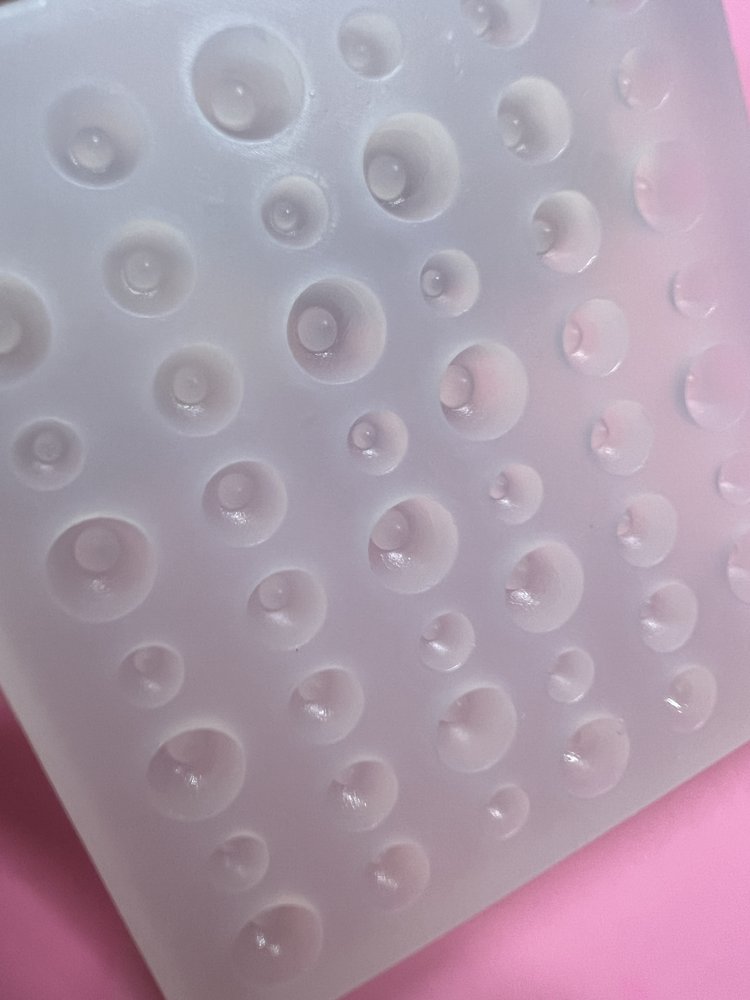
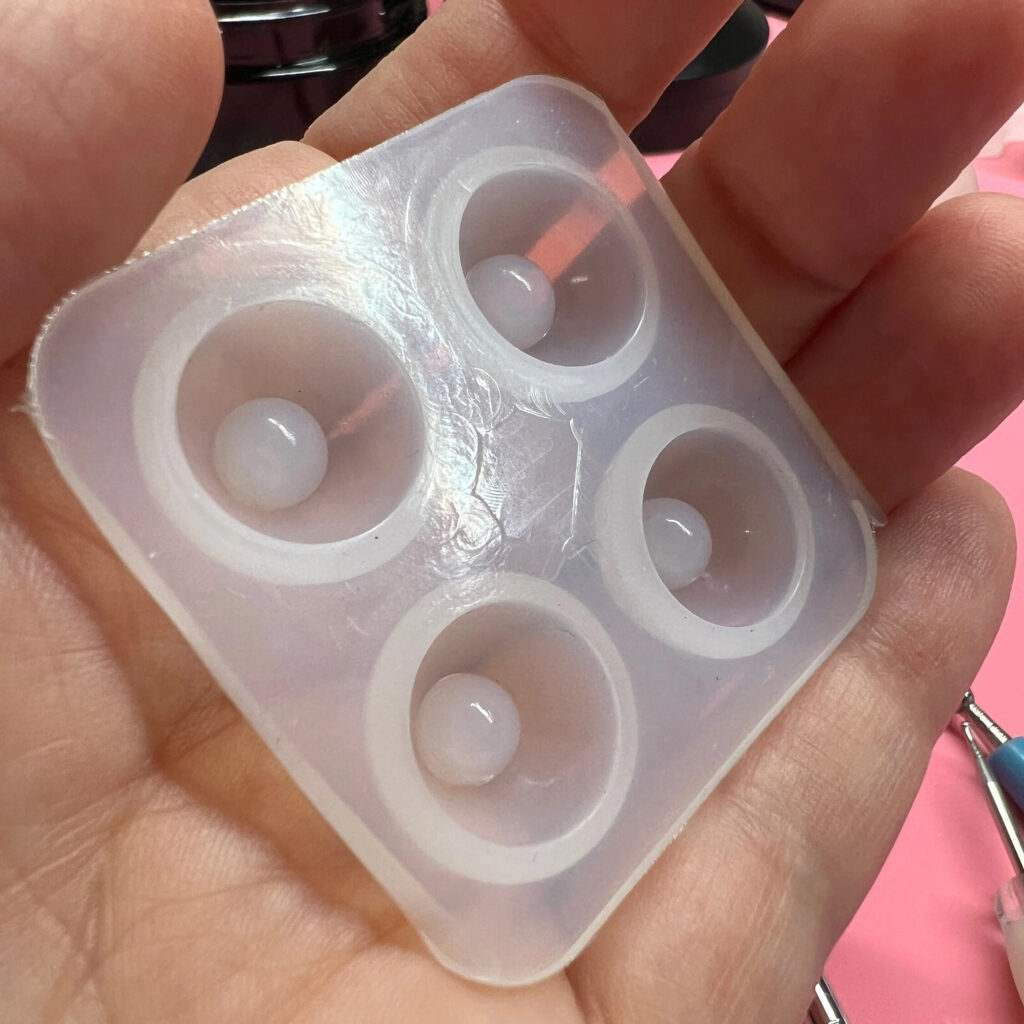
A mold that can cast multiple eye bases at once can be beneficial if you plan to make a lot of eyes. This will save you a lot of time in the long-run, especially if you will be using a 2 part epoxy resin to cast them, which takes many hours to cure.
You will want to be sure to get transparent molds if you intend to use UV Resin. I personally always prefer transparent molds as they are easier to spot dust, debris, and air bubbles.
However, if you are planning to use UV Resin, YOU MUST use a transparent mold. The UV light will need to be able to reach the center of the mold to properly cure the resin. 2 part epoxy resin does not require UV light to cure, only time, therefore a transparent mold is not necessary.
Another very important thing to consider, is what kind of doll or project your eyes will be used in. The following is a list of different types of eye molds that will create eye bases for different types of dolls and projects:
- BJD Dolls – If you plan to make eyes for these types of dolls, you will be looking for more traditional style BJD Doll Eye molds. These will usually create eye bases with flat bottoms and either concave or “scooped” centers. Some will feature flat iris areas for use with digital printed irises. (You can actually use digital prints with either flat or concave iris area molds, see tutorials section)
- Blythe and Icy Dolls – If you plan to make eyes for these types of dolls, you will be needing Eye Chip molds, Eye Chip “base support” molds, or Eye Chip “texture” molds. Keep in mind that these come in a WIDE variety of “Specialty Molds” which I go over in other articles and video tutorials.
- Plushies and Soft Body Dolls – If you plan to make eyes for these types of dolls, you will be needing molds that allow you to make your own Safety Eyes. These molds are mainly “lens” molds in different sizes and shapes that you then “customize” using Safety Eye “pegs” or “screws”.
- OOAK Sculpted Dolls – If you plan to make eyes for dolls and figures that will be sculpted in polymer clay or air dry clay, you will probably do best with molds that create rounder “fuller round” eye bases. This is usually more desired for these types of dolls as they allow for more extreme up, down, left, and right eye positioning and are easier to embed and sculpt into clay. The rounder “fuller” shape allows for more “white space” and some artists prefer this when sculpting.
- Specialty Molds – These types of molds are in a category of their own because they create other parts of the eye such as Iris texture, Color Rings, Highlights, Pupils etc.
For more detailed information regarding each type of mold listed above, please see the corresponding articles and videos throughout this site.
Selecting the Right Size
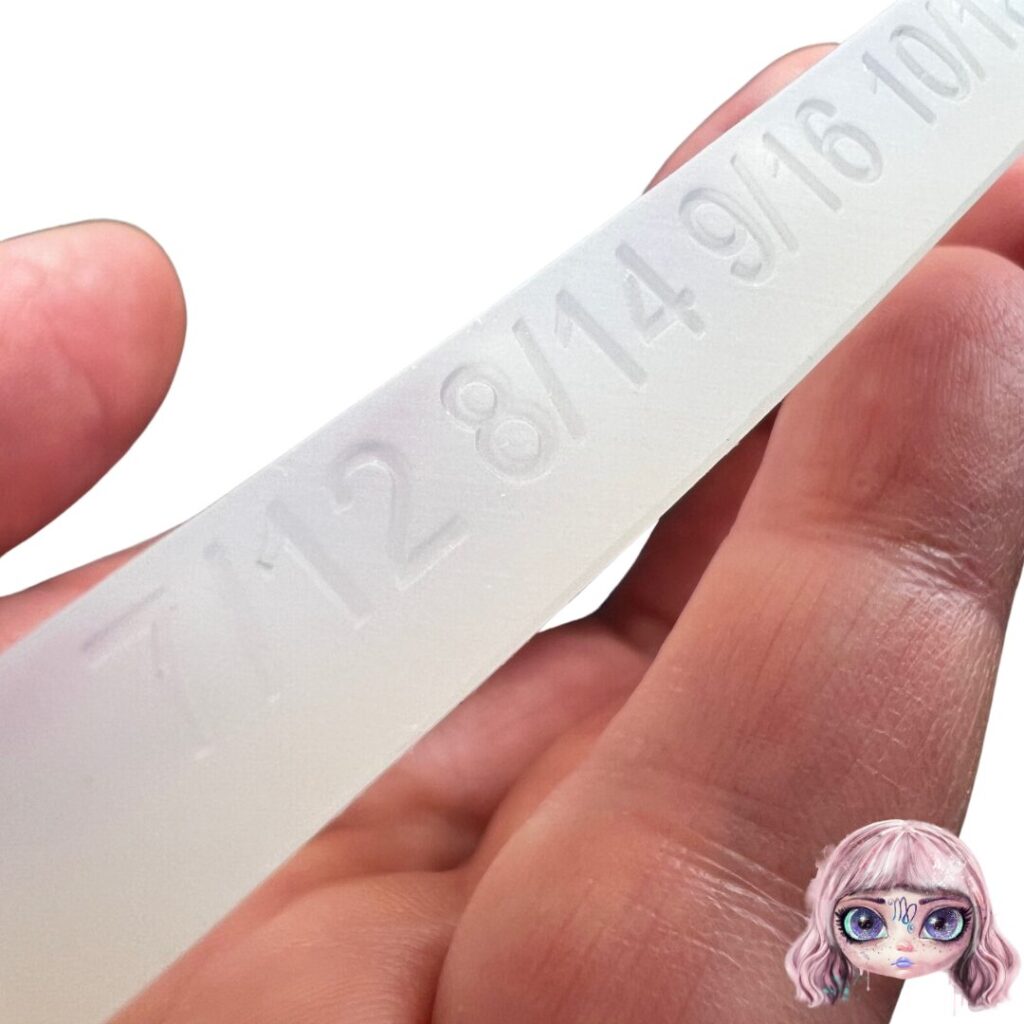
When purchasing most resin doll eye molds, there will be 2 separate measurements given in this format: 10/5 or 5/10
The image to the left shows these numbers imprinted into a Cubeco multi size resin eye base mold.
Notice how this mold creates multiple eye bases in a variety of sizes?
The larger number refers to the over all width of the eye (total size) from one side to the other, usually measured in mm. The smaller number refers to the iris area which is the center area of the eye that holds the color/texture and pupil. It does not matter in which order these numbers are written, the larger number is always the total size of the eye, and the smaller number is always the total size of the iris. Nowadays it’s common to find a variety of choices when it comes to sizes, although some are more common than others. Some molds can even offer a variety of different options within the same mold (as pictured above).
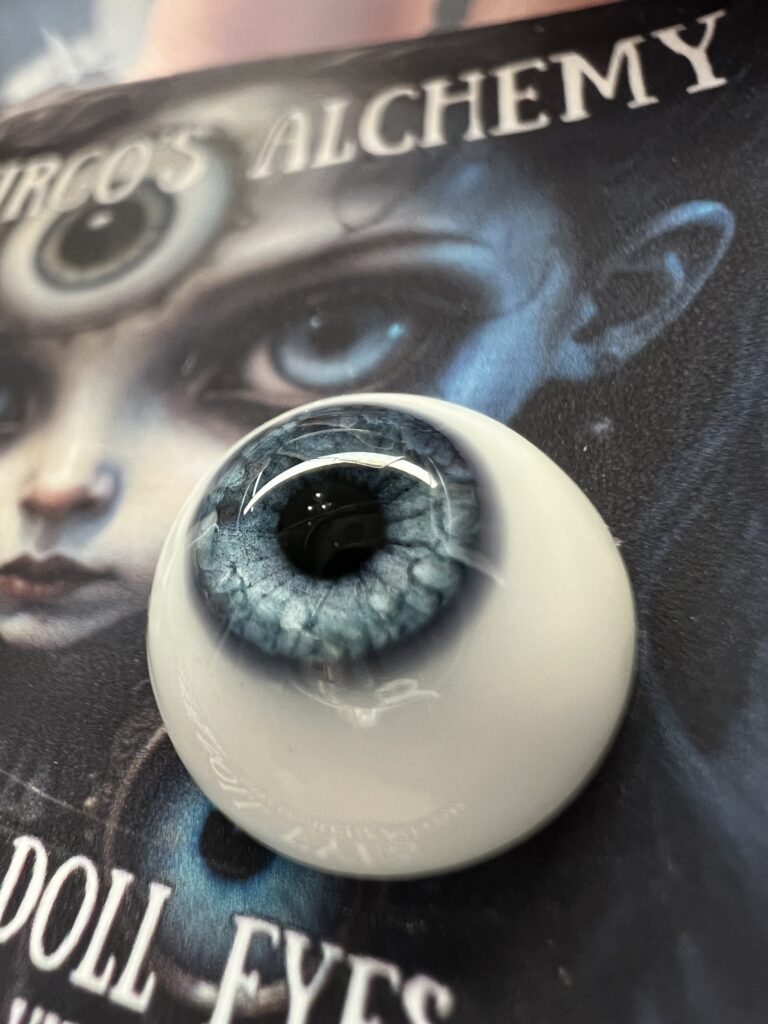
For a more realistic look, it is common to see an even split between overall eye base size and iris size, like 10/5 or 8/4, 6/3.
The closer to an even split, the more “realistic” the eye will appear when made.
The eye to the left is a 14mm eye with a 7mm iris, or 14/7 which makes it appear more realistic.
The addition of a “color ring” can also enhance the iris area.
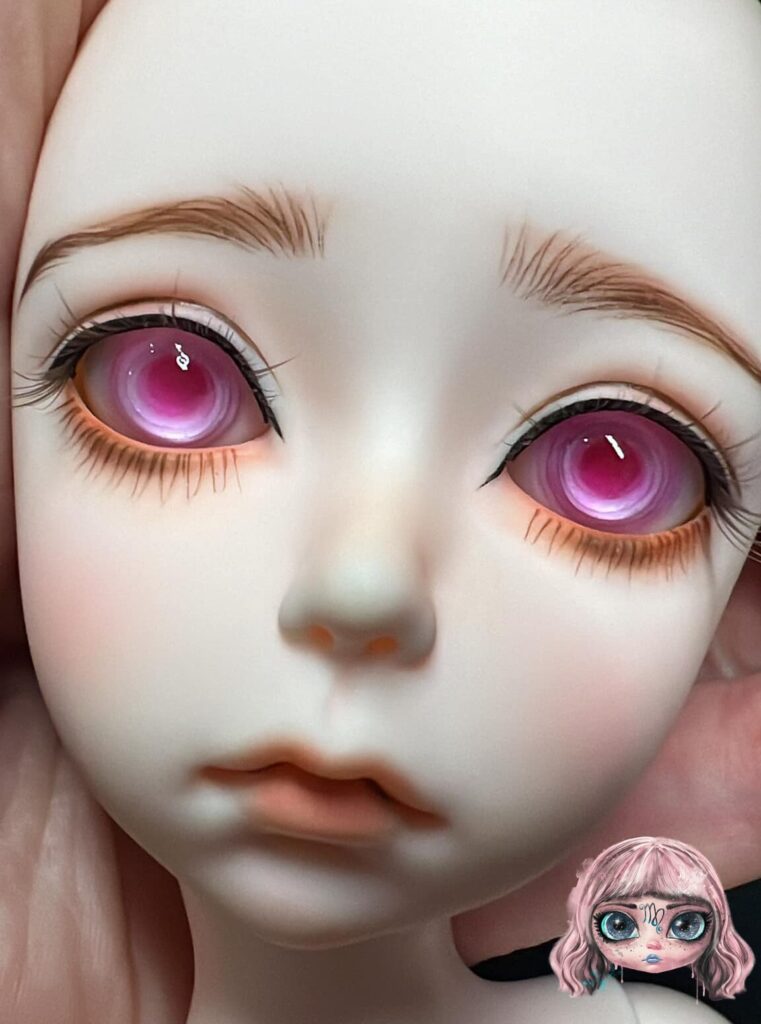
For more fantasy style eyes, you can use a mold that creates eye bases with much larger irises to create mesmerizing looks.
You can also enhance this affect by creating a large pupil as well.
Some molds will allow you to make eyes that are almost entirely all iris, leaving little to no “white” or “sclera” at all.
The eye to the left is a 14mm eye with a 10mm iris featuring large pupils.
Some doll artists, customizers, and collectors like a larger eye with much smaller irises, depending on the style or type of doll they are using them for.
There really is no right or wrong for selecting iris or pupil sizes, it’s just preference.
Choosing sizes is probably the most confusing and somewhat complicated part of not only buying the right type of eye base molds, but also measuring and correctly selecting the right sizes for specific dolls. It gets easier with practice and experience.
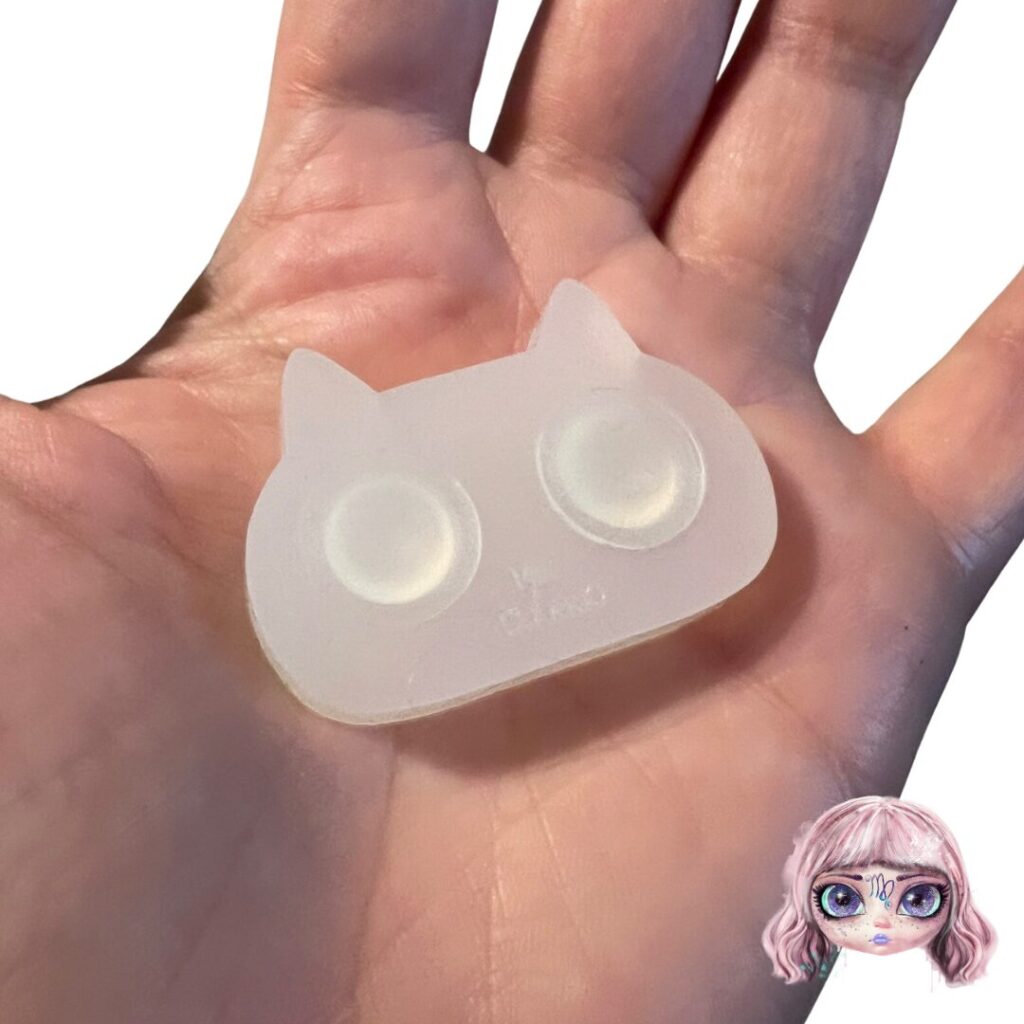
Blythe: Genuine Blythe Dolls require a 14mm eye “chip”. These molds are often always marked as “Blythe” and will fit “Neo” Blythe dolls.
The image to the left shows a 14mm eye chip support “base” mold for creating 3D textured eyes that are used in Blythe and ICY doll eye mechanisms.
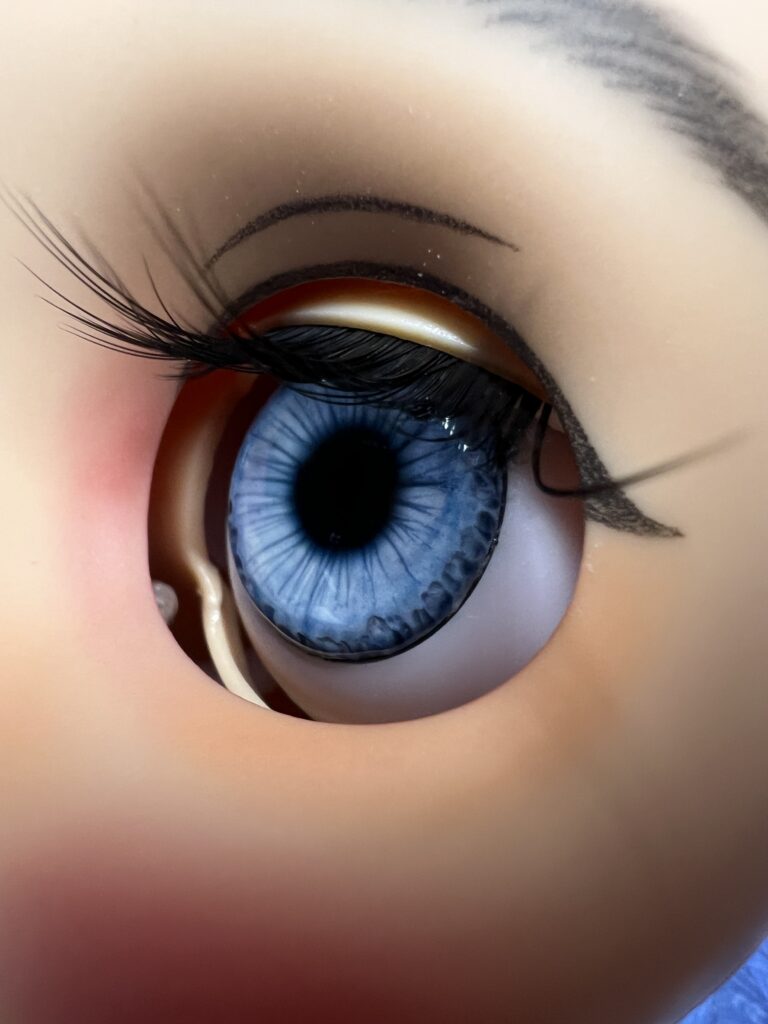
In order to create 3D textured eyes for Blythe and Icy dolls like the one pictured on the left, you will need an eye chip mold that allows you to create the support “bases” (like the one seen above).
Eye chips must be created using the appropriate molds or they will not fit properly in the eye mechanism.
The eye to the left is a 14mm 3D textured eye chip installed in an ICY doll.
Middie Blythe take 10mm eye chips, and Petite take 5mm. So when looking for molds for these dolls, pay close attention that they make not only the right sizes, but also the correct style/shape so that they will fit into the eye mechanism for these special dolls.
ICY: Very much like Blythe, these dolls require molds that will allow you to also create eye chips that will be installed into an eye mechanism. Icy dolls can usually use the same eye chips that fit Neo Blythe, 14mm – HOWEVER they do tend to run ever so slightly smaller, around 13.5mm. In my personal experience, I have never had a problem using the same chips for both types of dolls.
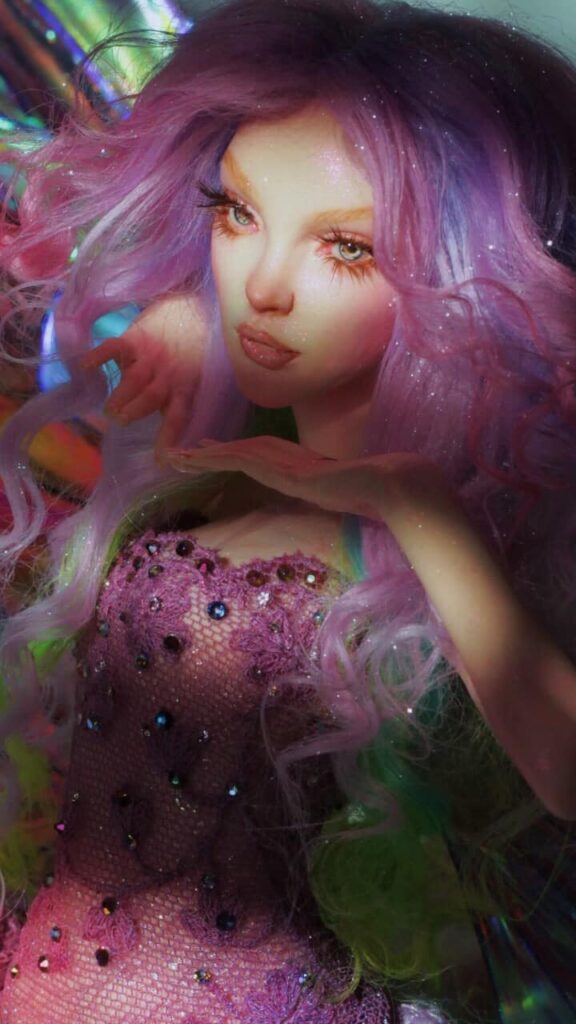
For Realistic Sculpted Dolls: Select an eye size based on the width of the face of your doll by taking a measurement of the face and dividing it into 5. (Digital Caliper is great for this)
So if the total width of your face is 30mm, divide that by 5, and you get 6mm. So your eyes (total size) should be close to 6mm for a realistic look. Choose an iris size of 3mm, close to half the total size, to remain within that realistic zone.
Image to the left is the work of OOAK Figurative Artist Nicole West. It is an excellent example of realistic eyes used in a polymer clay sculpted art piece.
Most molds for smaller scale OOAK Art Dolls come in sizes 2mm, 3mm, 4mm, 5mm, and 6mm with varying iris sizes. 7mm is often skipped, but you can still find this size from specialty mold makers such as Cubeco.
For Whimsical and Fantasy Sculpted Dolls: Select an eye size that is based on the width of the face of your doll, but this time, divide it by 4, or even 3. This will give you a much larger eye, so I suggest always experimenting.
Tip: A good way to do this is to draw out the face on paper, in the same approximate size you plan to sculpt it, and then draw the eyes onto the face. Then measure the width of the eye from corner to corner. It should be very close to what you will need. The good thing about sculpting dolls, you can always make slight changes to accommodate for size. This is not possible with rigid dolls, such as BJD and molded or resin cast dolls.
I hope that this article was helpful in explaining how to select the right mold for your resin eye making project! Please feel to reach out if you have any questions, and I’ll do my best to help.
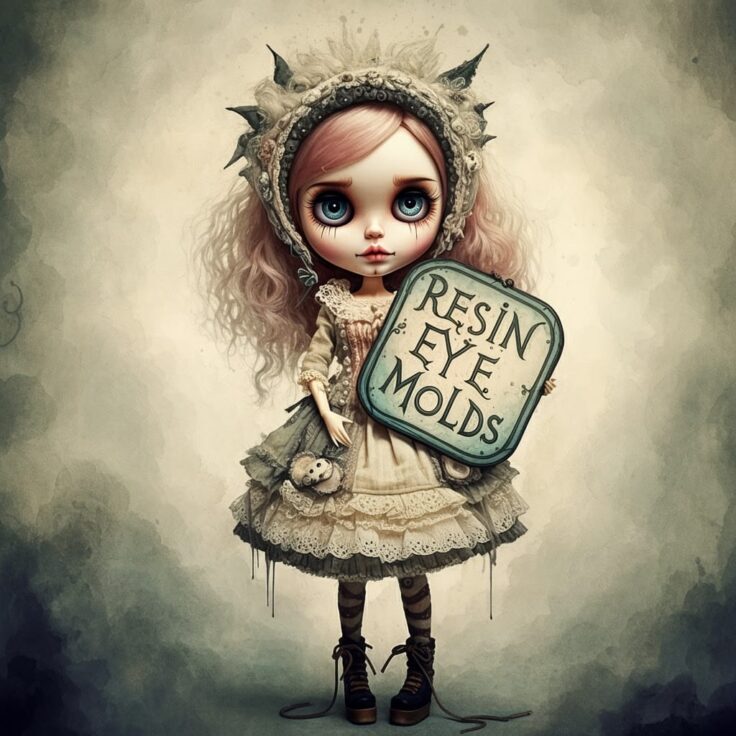
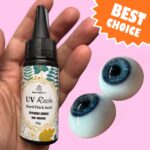
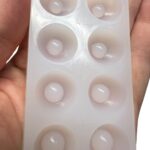
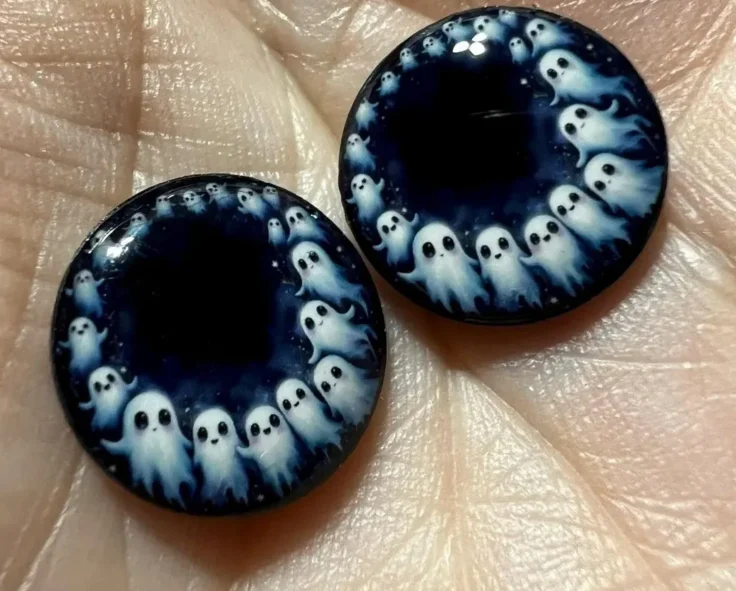 How to Use Digitally Printed Irises for Stunning Doll Eyes! 👁️✨
How to Use Digitally Printed Irises for Stunning Doll Eyes! 👁️✨ 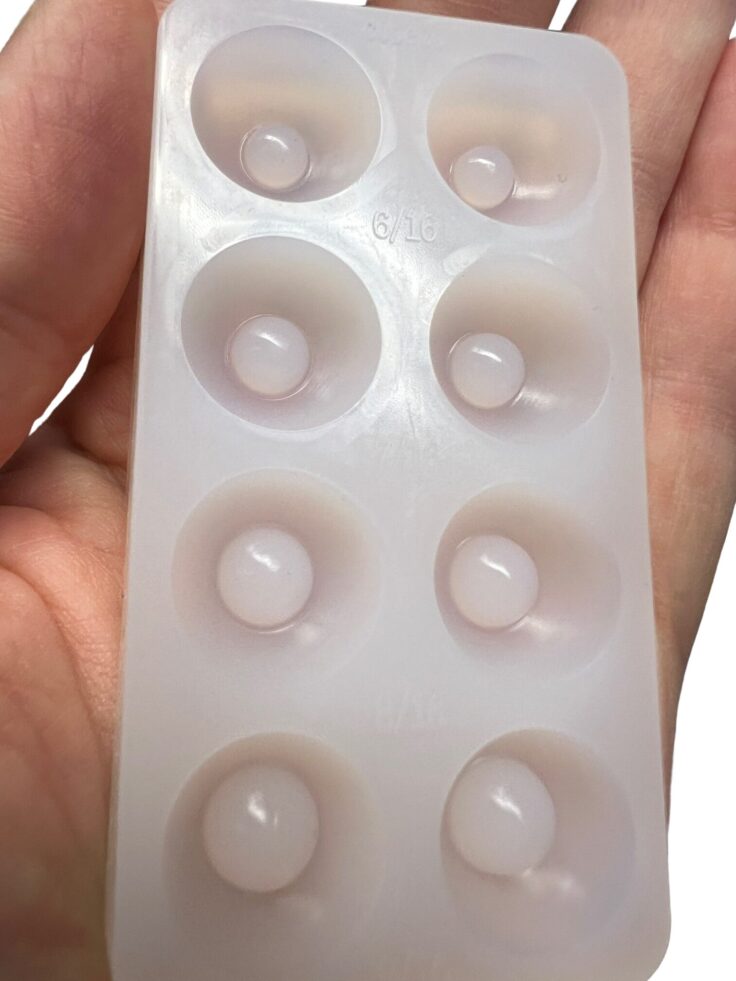 Multi Iris Size Resin Molds from Cubeco!
Multi Iris Size Resin Molds from Cubeco! 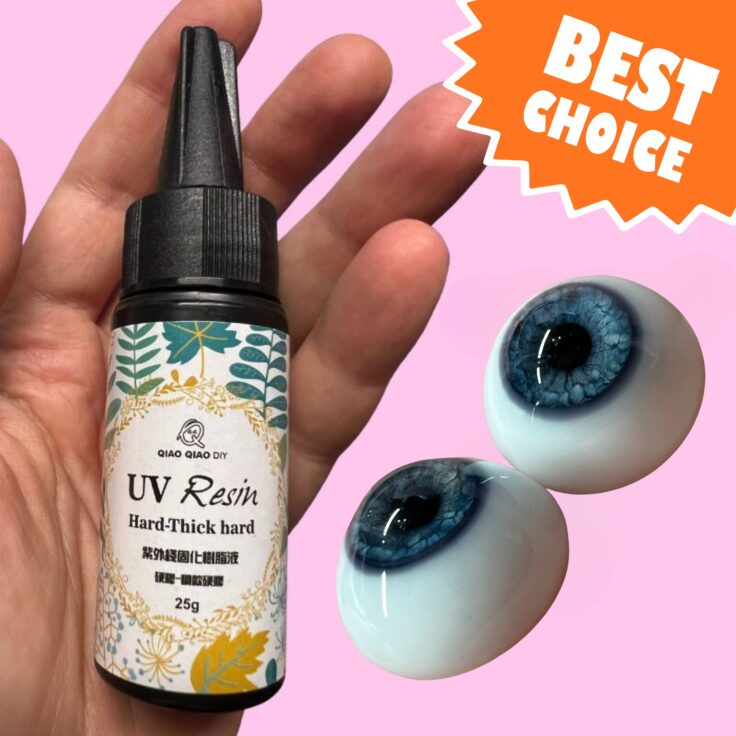 Qiao Qiao DIY UV Resin Products!
Qiao Qiao DIY UV Resin Products!
Leave a Reply